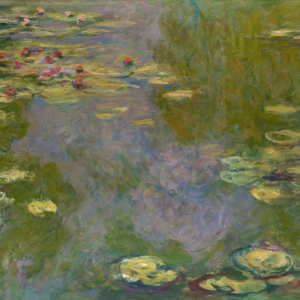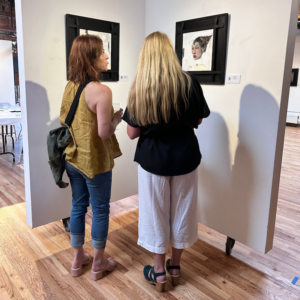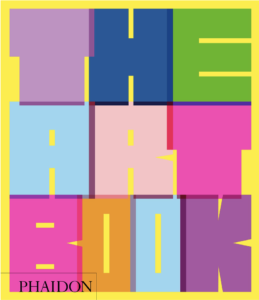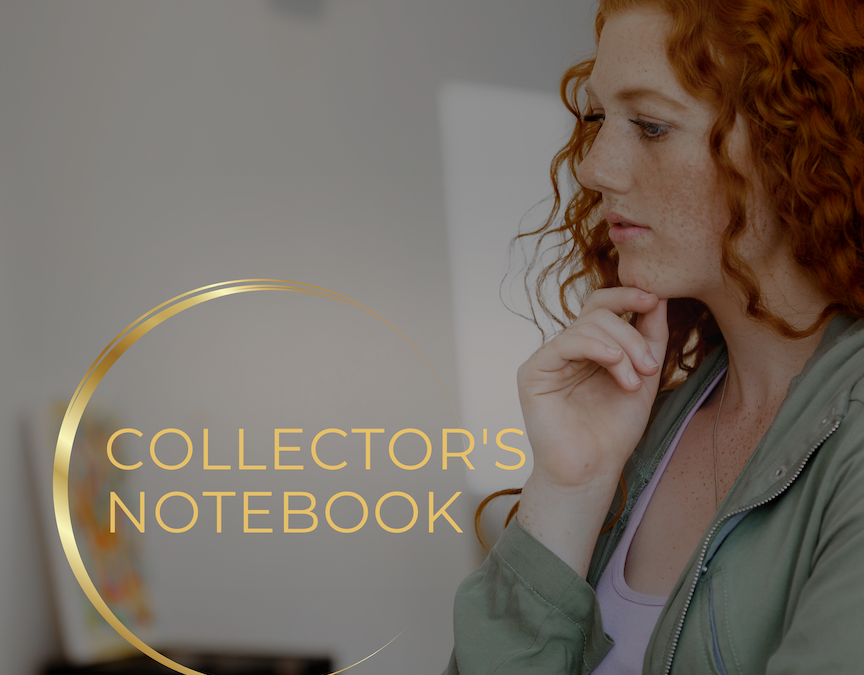Expert Tips for Beginning Your Art Collection
Let’s face it, collecting art is intimidating on so many levels. Like, where to start. Galleries are an obvious place, but will you look stupid for asking questions? Will some pushy dealer pressure you into spending beyond your means? And how do you know if the prices they’re asking are legit?
Maybe, then, art shows would be a better place to start, especially if proceeds go to a good cause. But who are those artists? Are they worth collecting? Wait a second, what is worth collecting? Is art an investment or not? Or should you follow that old cliché, buy what you love? If that’s the case, what do you love? Holy Monet, where do you even start figuring that out?!
Wow, you ask good questions. Have no fear; we’ve got answers.
Tip #1. Art Recon
First and foremost, you have to figure out what you want to collect, i.e., what you love. To do that, we highly recommend visiting museums. Museums are a great place to pretend shop because there’s no fear a salesperson will corner you and pry your wallet loose, making you pay for something you’ll regret. Think of museum visits as recon missions with the goal of educating yourself about art and art movements and discovering what tickles your fancy.
 For example, you come face-to-face with Robert Motherwell and swoon. Great. This means you connect with abstract expressionism and bold statements. Your best friend, however, shrugs off Motherwell as a bunch of giant ink blot tests, and heads straight for the Monets. Your friend is more of a romantic and probably wants to be surrounded by realism—landscapes and still life paintings might do the trick. Then there’s your buddy who gets lost in the conceptual works of Nick Cave, Takashi Murakami, and Kerry James Marshall; he’s of the zeitgeist and wants his art to be heady and confrontational.
For example, you come face-to-face with Robert Motherwell and swoon. Great. This means you connect with abstract expressionism and bold statements. Your best friend, however, shrugs off Motherwell as a bunch of giant ink blot tests, and heads straight for the Monets. Your friend is more of a romantic and probably wants to be surrounded by realism—landscapes and still life paintings might do the trick. Then there’s your buddy who gets lost in the conceptual works of Nick Cave, Takashi Murakami, and Kerry James Marshall; he’s of the zeitgeist and wants his art to be heady and confrontational.
Take a few afternoons to wander museums and make note of what catches your eye. While there, buy an art book or two so you can dig deeper into the lives of the artists that speak to you. And consider joining a collector’s group; your local museum should be able to point you in the right direction. You’ll get behind the scenes tours to museums, artist studios and private collection, and can learn from like-minded folks.
Tip #2. Plot Covert Gallery Visits
If there are galleries in your town (trust us, there are), check out when the next organized event such as a First Friday Art Walk is happening. Jump into the fray and wander to your heart’s content. You’ll be out and about with a whole bunch of folks and a fair number of artists, too. This is where you want to eavesdrop. Listen for conversations about artists and artwork. Pick up handouts so you can go home and lea rn about artists without feeling like you’re leading a salesperson on to believe you’re a hot prospect. Unless you are a hot prospect! If a gallery has some art that you like, get on their mailing list so you know when their next shows are.
rn about artists without feeling like you’re leading a salesperson on to believe you’re a hot prospect. Unless you are a hot prospect! If a gallery has some art that you like, get on their mailing list so you know when their next shows are.
And, if the gallerist says it’s OK, take pictures of art that interests you. Actually, take two pictures: one of the art and another of the wall tag so you leave with the artist’s name and other important details such as size and price.
Tip #3. Find a Guide
Knowledge is indeed power when it comes to buying art. The shortest path to a solid education is through an insider’s brain. In other words, hire an art advisor. This may seem like a monumental task but, again, start with your local museum. Curators will know advisors and will be able to steer you in the right direction. Here too, joining an art group will offer invaluable access to art advisors.
NEED AN ADVISOR? CONTACT US.
You want to learn about different mediums and techniques, as well as art movements. There are a number of great books to check into and consider taking an art class at your local university or art center. There’s no better way to understand techniques—and the true challenge of being creative–than by getting your hands dirty.
The other important piece of this is understanding the business side of art, i.e., how prices are set, how to work with galleries, how to commission art, and if it’s ok to ask for a discount. We covered all this in Art Buying Etiquette 101 and Collecting with Confidence issues.
Tip #4. No Such Thing as Stupid Questions
Yes, we know you don’t want to look stupid, but there truly are no stupid questions, especially in the art biz. Here’s why: artists are ahead of the curve when it comes to experimentation and new forms of expression, which means even well-seasoned art authorities are constantly learning.
Still nervous to talk to artists? Here are some good questions to ask:
Instead of “How long did it take you to do that?” ask “Why do you use that medium to express yourself?”
Here’s why: You’ll learn about how the artist thought through the process of making art and you’ll gain valuable insight into their personal connection with that medium.
 Instead of “Why do you paint [subject matter/genre style]?” ask, “Is there a story behind this work of art?”
Instead of “Why do you paint [subject matter/genre style]?” ask, “Is there a story behind this work of art?”
Here’s why: Whether you know it or not, this is what you really need to know. What inspired a work of art could have been a trip or a conversation or an overflowing trash bin. The story, however, is a bigger, more intriguing conversation that will lead down paths you never thought possible and open a larger dialogue about art and art history as well as other topics you never would have known to ask about.
Instead of “Where did you go to art school?” ask, “Who’s your mentor?” or ask, “What artists inspired you?”
Here’s why: If you’re not an artist, the subtle differences in art schools won’t matter much. But almost every artist has a mentor. In learning about a mentor, you’ll learn about the intention of the artist because his or her mentor will have instilled rich advice about work ethic and aesthetic, how to make a living and what true art is.
Tip #5. Start Small, Think Big
We’re not necessarily suggesting you buy tiny works of art but that you start with artists who, like you, are emerging in the art community—their prices are lower than artists who are well-established. Some excellent places are local street art fairs, custom frame shop/galleries, and galleries that boast “emerging” artists. You should be able to select some good work, provided you’ve done your homework by going through the above steps. Think of buying the work of beginning to emerging artists akin to where you are in the collecting game. You might just discover the next Picasso or O’Keeffe.
Another place to start is in photography and hand-pulled prints. With a little knowledge about process, you can find incredible works well within your budget and, yes, they are “original” works of art. (NOTE: Giclées are not considered “original art”; they are reproductions or fancy posters make by mechanical ink jet printers.) Hand-pulled prints require the artist’s hand all along the way. You’re looking for mediums such as “etching,” “wood block reduction,” “monotype,” “serigraph,” and “lithograph.” This work is not only about the image but the process.
Print work and photography are almost always priced lower than paintings, for no other reason than that’s how it’s always been. Knowing this, you can start a collection with some rather big names for a fraction of the cost. We’ve even heard of savvy collectors finding incredibly valuable hand-pulled prints in thrift shops!

SUGGESTED ART BOOKS:
“The Art Book,” Phaidon; “The Photography Book,” Ian Jeffrey, Phaidon; “Art Across America,” William H. Gerdts, Abbeville Press; “Discovering Art, a user’s guide to the world of collecting” Jeanne Frank, Thunder’s Mouth Press; “Portraits” by Michael Kimmelman, Random House; “What Are You Looking At?” Will Gompertz, PLUME, Penguin Group; “How to Identify Prints, A complete guide to manual and mechanical process from woodcut to inkjet,” Bamber Gascoigne, Thames & Hudson

